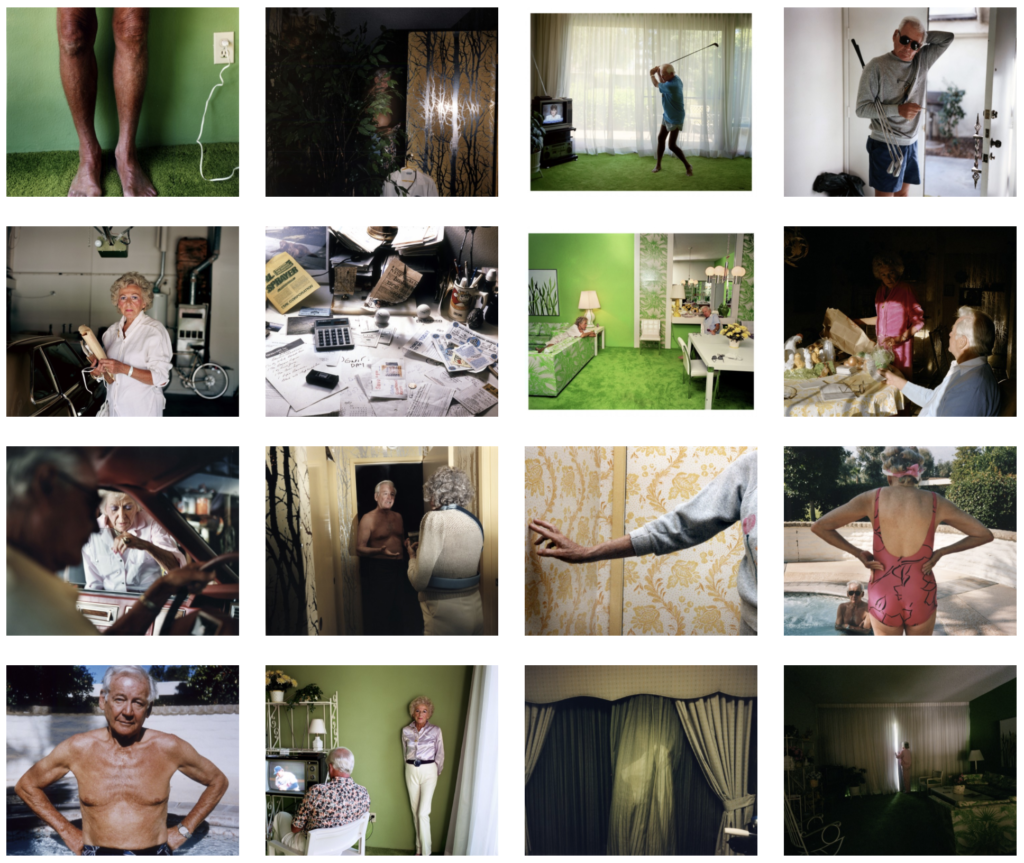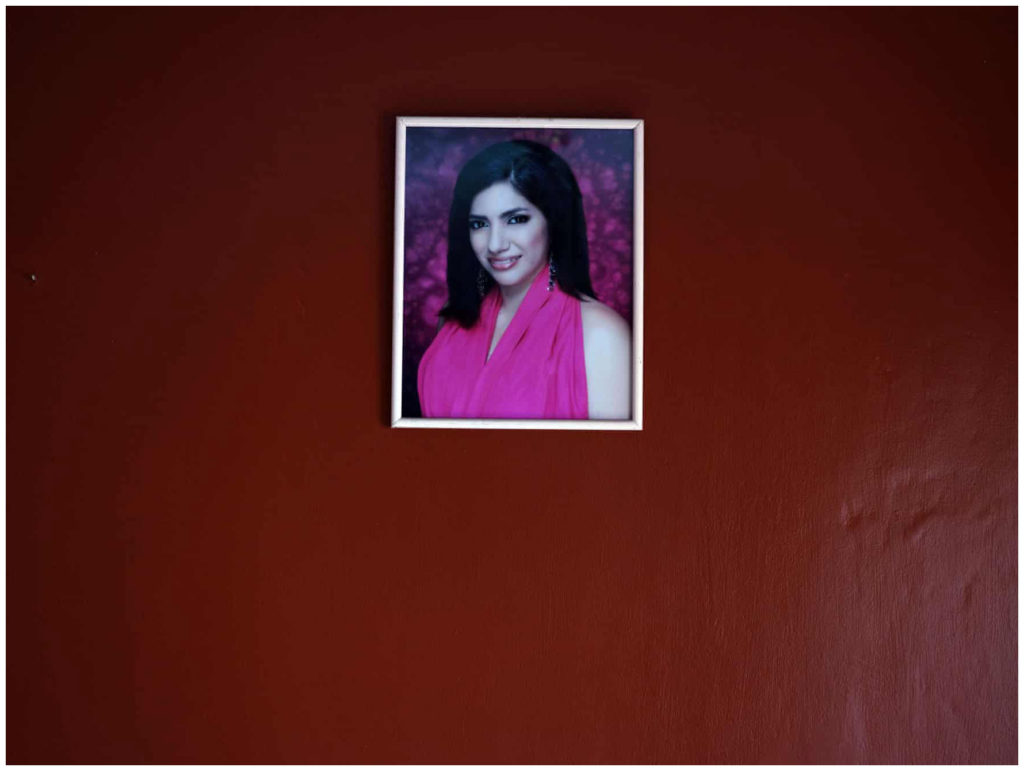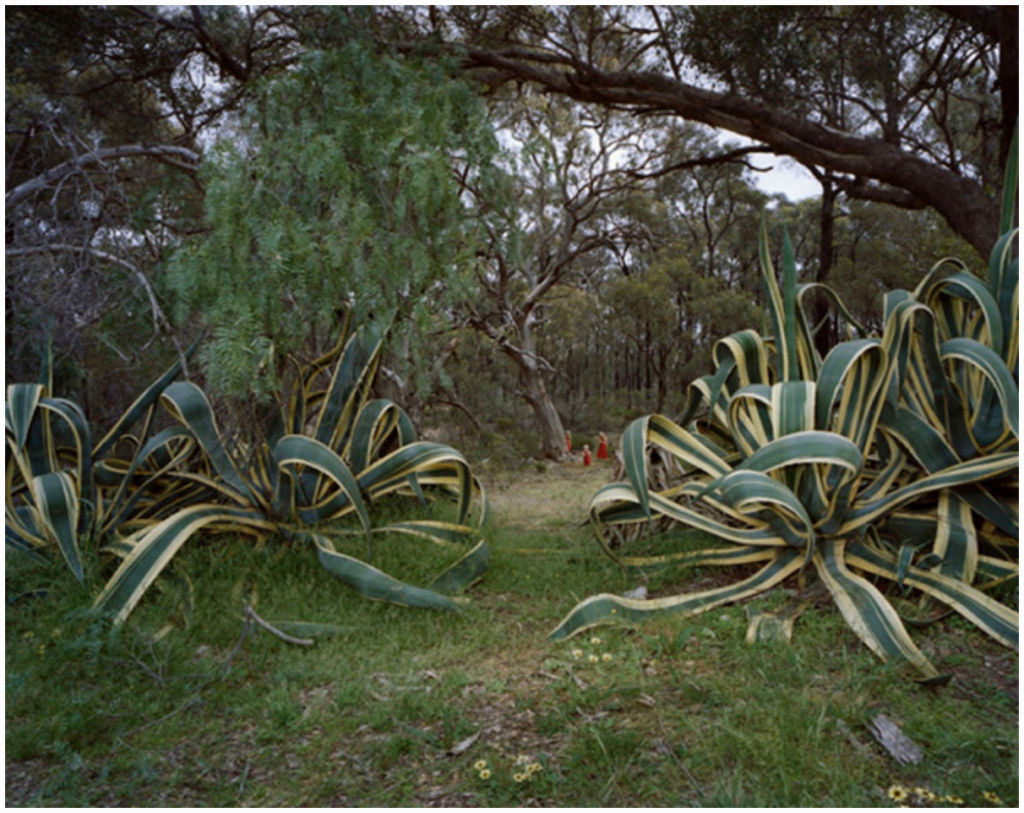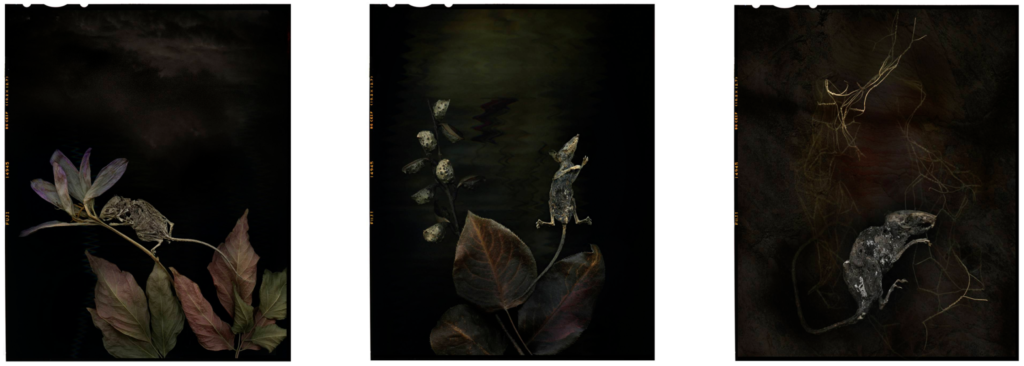As we move further into the COVID-19 pandemic, many of us are finding ourselves self-isolating or quarantined at home. As photographers, being stuck indoors can be a scary thing. We so often seek inspiration from the external world, utilising everything from vast landscapes to social events as our catalyst for creating work. Regardless, as we practice distancing ourselves from the outside world this doesn’t mean that we have to distance ourselves from inspiration or the act of creating.
Some of the most legendary photo-series have been created from the photographers home. Sally Mann’s Immediate Family comes to mind. Trent Parke’s The Christmas Tree Bucket is another incredible body of work that was created whilst Parke was ill at home.
Our hope is that our new ‘Stories’ initiative can help photographers stay connected and creating with purpose during this difficult period. To reframe isolation – rather than seeing it as a time where we are impeded from creating work, to view this as an opportunity for introspection. Free rein to capture and represent your bedroom, your relationships or your daily routines in a way that only you can. A time to communicate your home space to the world.
We’ve put together a few photographers who have managed to utilise their home spaces to create intimate and engaging work, in the hopes that it will inspire you to do the same.
Larry Sultan – Pictures from Home
 © Larry Sultan
© Larry Sultan
The late Larry Sultan’s book Pictures from Home was first published in 1992. He drew inspiration and content from family albums alongside his own imagery to create a deeply intimate view inside his parents home during retirement. Originally created to challenge the Reagan era thinking regarding family values and archetypes, the project soon evolved into something much more personal. Moving through the imagery you gain a sense of relatability, regardless of how different your life might be. This relatability is paramount when creating personal work about personal spaces – if the audience can feel like they are sitting in the room alongside you, then they will do the work themselves to understand your message.
Donna Bailey – Don’t Play on the Mullock
© Donna Bailey
As Australian’s we have the great privilege of living in a space wider than most. For those of us living regionally, this provides an incredible opportunity to get to know our backyard better and communicate what we find. Donna Bailey’s Don’t Play on the Mullock is a series and exhibition exploring the history of her local bushland and the emotional experience of her children’s growth. In a 2014 interview with Argus, Bailey says this about her work:
“It is different to visiting a place and seeing it as a specific site in which to create a photo; twenty years of sleeping in the same place yet still hearing unfamiliar noises at night, the many difficult years of drought, dead pets and wildlife (see my image of the drowned sheep), the small objects from the nineteenth and twentieth century that we have unearthed in our day to day living, the stories of women’s lives on the goldfields… I wanted to punctuate my images with the layers of meaning that I have taken from the landscape over many years.”
Jeff Moorfoot – Rodents Mort
© Jeff Moorfoot
Jeff Moorfoot’s contemporary still life work is created in his home studio utilising natural, created and gathered elements to create incredibly detailed scenes. Elements of the Australian bushland in which Moorfoot lives are common, illustrating strong links between the where and how of his creative workflow. In ‘Rodents Mort’ Moorfoot arranges deceased mice alongside plant-matter to create eerily beautiful imagery using a subject matter most would go lengths to avoid. His work shows that there really are no limits to what you can create in your home environment, given dedication to craft and concept.
Magnum Photos – Home
 © Moises Saman/Magnum
© Moises Saman/Magnum
Whilst not strictly photographed within the confines of their every day environment, the collective series ‘Home’ by Magnum Photographers is a great example of multiple photographers coming together to form a larger narrative about identity and place. In collaboration with Fujifilm, Magnum asked 16 of their photographers to capture their concept of home using the same camera. The resulting work is a complete mosaic created from snippets and vignettes from many different backgrounds. ‘Home’ successfully takes a wide human concept and condenses it into a universally understandable piece as diverse as it is homogenous.
Home is about the small details, about the people who make your daily life what it is and about the significance of the routines we participate in every day. If you find yourself at home during this period, consider how you might communicate these gestures of your daily life. The way you might make coffee in the morning is as unique to your reality as the way that you make your bed. If you do neither of these things then surely the absence of these rituals is unique as well.
We all exist within our own bubbles, so perhaps in creating or joining a group of photographers to work alongside we will discover trends amongst our routines which can bring us closer together while helping to illustrate the diversity of home life. Whichever way you choose to stay creative during this period, it might just be the most uniquely personal form of creating that you have the opportunity to do. A habit started from home today could become a decade long project, as is seen in some of the examples of work above. Most importantly from all of us here at APA, we hope that you and your loved ones stay healthy as we all get through this together.



